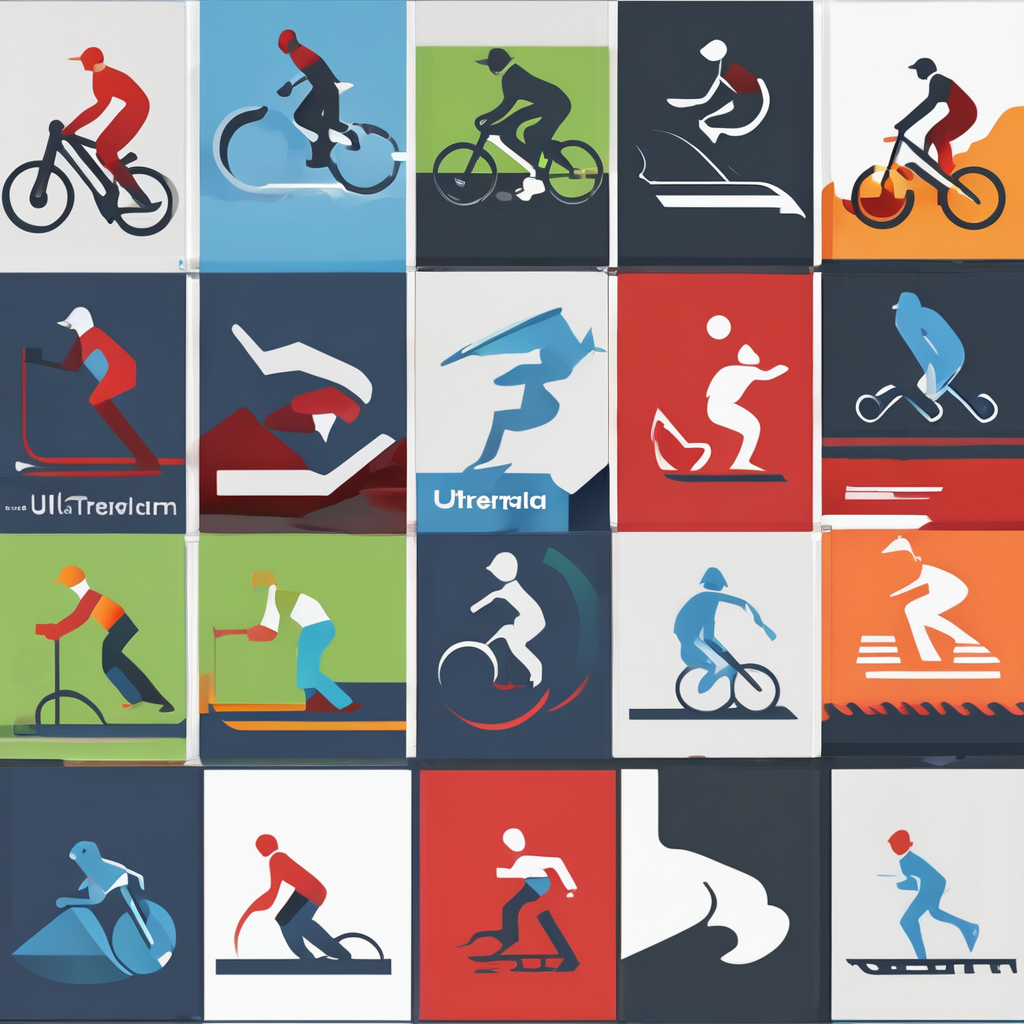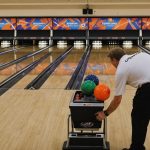Comprehensive Training Programs for Basketball Athletes
Basketball players seeking to improve their performance, especially in terms of vertical leap, can greatly benefit from strength training programs. These programs are meticulously designed to target key muscle groups, offering exercises tailored to enhance one’s vertical leap—an essential skill in basketball.
Importance of Strength Training
Strength training is crucial for basketball athletes as it not only boosts overall athletic performance but also enhances vertical leap ability. By focusing on leg and core strength, athletes gain the explosive power required to achieve greater heights. These workouts are indispensable for those aiming to improve agility, speed, and control on the court.
In the same genre : Maximizing court awareness: unique techniques for uk basketball players to sharpen peripheral vision
Comparing UK Training Methodologies
In the UK, various training methodologies are employed to enhance athletic performance. Some programs emphasize a balance of strength workouts and vertical leap enhancement exercises. Others prioritize sport-specific modifications tailored to basketball, integrating innovative technologies to optimise results. Despite varied approaches, the common goal remains: maximise an athlete’s potential through tailored, comprehensive regimens.
For those keen on making informed decisions, consulting with trainers specializing in these areas may offer insights into the most effective methods. By understanding and selecting an appropriate training program, athletes can ensure their endeavors translate into tangible improvements on the basketball court.
Also to see : Speed secrets: proven techniques for uk basketball athletes to boost defensive reaction times
Key Exercises to Enhance Vertical Jump
Enhancing your vertical jump requires dedicated vertical jump exercises integrated with strategic strength training workouts. This combination targets leg and core muscles, essential for propelling athletes to new heights on the court.
Plyometric Exercises
Introducing plyometric exercises into your regimen offers a dynamic way to improve vertical jump. These exercises, such as box jumps, depth jumps, and tuck jumps, cultivate explosive power by stretching and contracting muscles swiftly. It is crucial to perform these movements safely by landing softly to minimize joint strain. Basketball players typically benefit from a mix of lower and upper body plyometric routines for balanced muscle development.
Strength Training Specific to Vertical Leap
Strength training workouts prioritize critical muscle groups. Incorporating squats, lunges, and deadlifts effectively targets the legs and core. To maximize strength gains, maintain a consistent routine with a recommended volume of three to four sessions per week. Adapt workouts for the gym or home, allowing progressive overload through increased weights or resistance. This adaptability ensures athletes continually challenge their muscles for optimal growth.
Flexibility and Mobility Workouts
Flexibility and mobility are pivotal in attaining a superior vertical leap. Incorporate stretching routines, like hamstring and hip flexor stretches, to maintain muscle elasticity. Dynamic mobility drills during warm-ups—such as leg swings and lunge twists—prepare the body for explosive activity, reducing the risk of injuries and enhancing overall athletic performance.
Nutrition for Maximizing Athletic Performance
A pivotal element in optimizing athletic performance for basketball players is crafting effective nutritional strategies. Such strategies are fine-tuned to meet the demanding energy requirements essential for high-intensity gameplay. Basketball athletes necessitate a balanced intake of carbohydrates, proteins, and fats to sustain energy, facilitate recovery, and promote muscle growth. Carbohydrates serve as the chief energy source, while proteins aid in muscle repair and growth. Fats, though often overlooked, play a crucial role in prolonged energy expenditure.
Hydration cannot be overstated as it significantly impacts an athlete’s performance and recovery. Adequate fluid intake is pivotal in maintaining electrolyte balance, thus enabling efficient muscle function and preventing dehydration during strenuous sessions.
Moreover, meticulous meal planning and timing are integral aspects of training and game days. Consuming a carbohydrate-rich meal a few hours before activity helps in maintaining energy levels. Post-activity meals should focus on replenishing glycogen stores and providing proteins to aid recovery. A well-structured nutritional plan tailored to meet the specific needs of basketball athletes not only enhances performance but also fosters consistent improvements on the court. Prioritizing these strategies can lead to tangible benefits in athletic performance.
Injury Prevention Strategies and Techniques
In the realm of vertical leap training, understanding and implementing robust injury prevention strategies is crucial. Common injuries often associated with intense c, such as sprains, strains, and knee injuries, can derail progress if not properly managed.
Safe Training Practices
To minimize injury risk during workouts, athletes should integrate safe training techniques. Proper warm-ups that include dynamic stretching can prepare the muscles for the rigorous demands of vertical leap exercises. Ensuring correct form and technique in strength and plyometric training is also vital in preventing injury, as improper execution can lead to muscle imbalances and overuse injuries.
Importance of Recovery and Rest Days
Adequate rest and recovery are integral components of any effective training program. Incorporating rest days allows the body to repair and strengthen, reducing strain and improving overall performance. Athletes should listen to their bodies and avoid pushing through pain, as ignoring discomfort can lead to significant setbacks.
Mitigating Injury Risk
Utilizing equipment such as knee braces or compression sleeves during intense training sessions can offer added support and stability. Regularly revisiting and adapting training routines to accommodate an individual’s evolving capabilities can further mitigate injury risks. By prioritizing injury prevention strategies, athletes can maintain consistency in their training journeys.
Measuring Progress and Improvement
Tracking progress is critical for basketball athletes aiming to enhance their performance. Implementing precise performance measurement techniques offers insights into an athlete’s development over time.
Vertical Jump Testing Methods
Evaluating your vertical jump consistently through designated protocols is important for measuring improvement. Tools like Vertec or force plates provide accurate measurements by registering jump height and force output. Such technology helps in detecting even minor progress, guiding athletes and trainers to adjust their programs effectively. Regular testing, ideally every 4-6 weeks, ensures timely updates to training strategies, maximizing potential gains.
Tracking Strength Gains
Maintaining a log of strength training workouts is vital for tracking an athlete’s advancements. Detailed records of exercises, weights, and repetitions allow athletes to monitor their progress and make data-driven decisions. Performance metrics assess aspects like power and endurance, offering quantitative feedback on training efficacy. Setting achievable goals and milestones provides motivation and prevents stagnation in development, fostering a consistent upward trajectory in athletic capability.
Testimonials and Case Studies from UK Athletes
The journey of basketball players in the UK highlights the transformative power of personalized training regimens. Numerous athlete testimonials illustrate success stories in vertical leap improvement and overall performance enhancement. By focusing on bespoke programs, these athletes have achieved significant progress.
One prominent case study involves a semi-professional player who embraced a mix of strength training programs and vertical leap enhancement exercises. Over several months, he integrated targeted strength workouts, focusing on developing leg and core muscle groups. This combination resulted in a notable increase in vertical leap performance, translating into improved game-day effectiveness.
These personalized regimens often involve strategically crafted workouts that align with an athlete’s specific goals and physical condition. Athletes frequently cite the importance of consistency and adaptability in their programs, as the ability to make real-time adjustments is crucial in overcoming training challenges.
Moreover, expert trainers play a vital role by offering tailored advice and leveraging feedback mechanisms, which help athletes refine their techniques. Through detailed case studies, UK trainers and athletes have shown how disciplined adherence to specified protocols, combined with innovative strategies, can lead to substantial improvements, inspiring others on their athletic quests.











